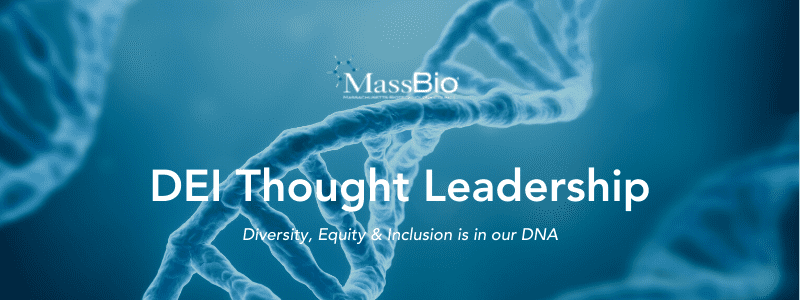
In the past year, companies nationally created more roles for Diversity, Equity, and Inclusion (DEI) than ever before. That’s good because the root causes of inequities are complicated, and it takes someone with deep understanding and influence to shift employee hearts and minds.

But there’s a fundamental problem. Age is rarely included in the DEI equation. And that means many employee cultures are not learning how age bias and discrimination show up in the workplace. They are also not being schooled on the intersection of age across other dimensions of diversity.
More than three-quarters (78%) of older workers said they saw or experienced age discrimination in the workplace in 2020, up from 61% in 2018, according to a recent survey conducted by the AARP. This is likely because of the high unemployment rate caused in large part by the global pandemic and ensuing lockdowns earlier in the year. What is more, ageism is a substantial workplace issue we need to address—especially because as of 2020 well over a third (37.3%) of the U.S. essential workforce are ages 50 and older, amounting to 16.1 million workers.
The COVID-19 pandemic is not to blame for ageism beliefs and behaviors, of course, but in some ways, it heightened the problem and brought more attention to ageism. Indeed, age bias was largely neglected previously as an integral component of the DEI decision-making dynamic. What most organizations and individuals don’t understand about ageism is that it is not just about older generations or people over 50, 60, or 70.
Ageism impacts younger workers as well as older ones. It may show up in what may seem to some to be arbitrary comments; for example, referring to early-career professionals as “kids” or “youngsters” or seasoned colleagues as “geezers” or even “seniors” without referring to their level of authority. It also manifests in stereotypical beliefs, such as those about older people not being tech savvy or younger workers being entitled.
Age is not static, and bias can — and eventually will — affect people at any age. And it is important for reaching DEI solutions to recognize the intersectionality between generations, age, and all other aspects of diversity and inclusion. Indeed, the various generations may view diversity issues in quite different ways that are more linked to their formative influences and experiences unless they are confronted with or seek out experiences of diverse people.
Important First Steps:
- Processes and Policies
Examine employee policies and people processes, such as recruiting, to root out potential barriers around age and ableism. For example, are recruiters vetted for clear understanding of the many dimensions of diversity? Do they understand the importance–and know how–to sourcing inclusively? Are hiring managers comfortable interviewing candidates across all dimensions of diversity? Does the employee handbook include language about age equity and explain the actions taken for employees using agist language or discriminating practices?
- Avoid Generational Emphasis
HBR suggests people put too much emphasis on generational differences, which establishes an us versus them mentality. Behaviors and attitudes attributed to a generation are really about individuals, and “individual differences within a generation are much greater than the differences across the generations.”
In other words, instead of talking about what Millennials collectively like and dislike, ask individuals to talk about their preferences. Then give others who share that preference an opportunity to demonstrate how multigenerational certain traits can be.
- Leader Responsibilities
Leaders shape workplace culture by setting expectations, holding others accountable, and modeling practices and behaviors they want to see in others. When leaders support workplace equity, they proactively seek thoughts, perspectives, experiences, and styles across the age spectrum.
Moreover, companies that proactively commit to building multigenerational teams disrupt generational myths to create a greater sense of inclusion and belonging–and that’s good for all employees.
Certainly, culture change can be slow, and DEI initiatives take a lot of effort. DEI practitioners can’t change the way people think and feel. Their job is about relentless training, education, facilitation, and influence. A high-performing, diverse, and inclusive work culture requires synergy across the generations–and that means age, and its intersection with ableism, must be front and center. By using these steps as part of a DEI strategy, the adage “Ageism is the only acceptable bias left,” might finally be something of the past as organizations truly create a place where everyone feels they belong.
References:
Callaham, Sheila. Why Ageism and Ableism Should be Front and Center in DEI Strategy. Forbes. 2021
Haseron, Phyllis. How Organizations can address ageism as part of their DEI Strategy. Thomson Reuters. 2021